
cd_nom
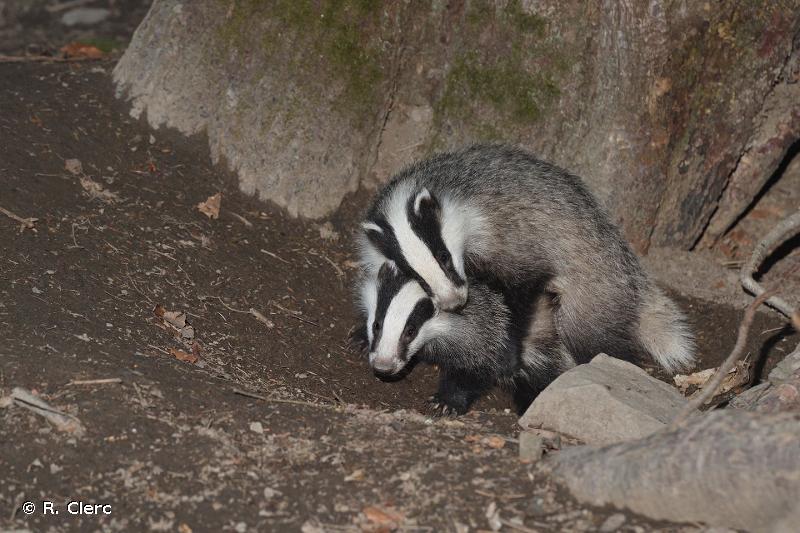
| Author : R. Clerc |
 |
To get the picture, please visit:
Roland Clerc
Photographe naturaliste
http://www.faune-valais.ch/index.php?page=accueil
email : inpn@mnhn.fr
Despite the Creative Commons license, please inform the author of the use which will be made of his photo
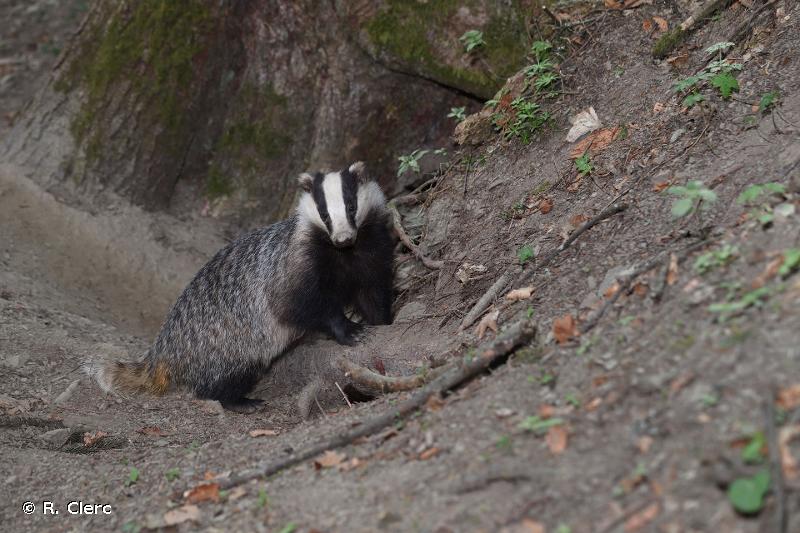
| Author : R. Clerc |
 |
To get the picture, please visit:
Roland Clerc
Photographe naturaliste
http://www.faune-valais.ch/index.php?page=accueil
email : inpn@mnhn.fr
Despite the Creative Commons license, please inform the author of the use which will be made of his photo
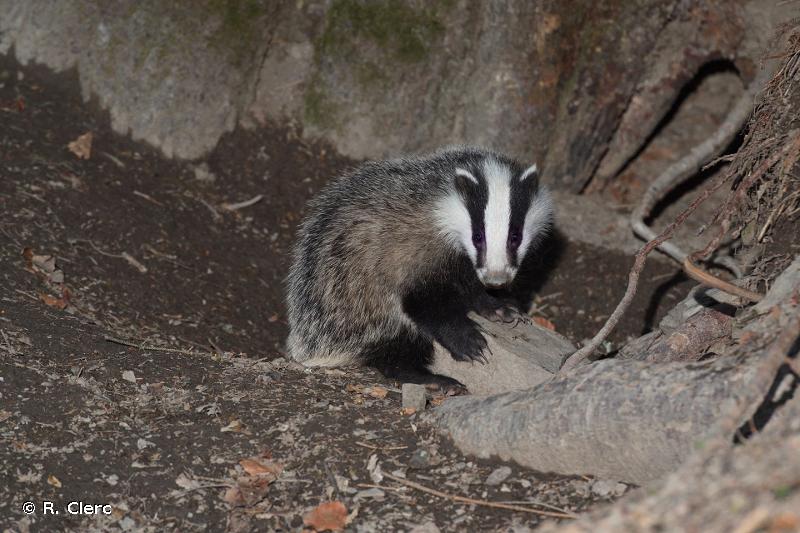
| Author : R. Clerc |
 |
To get the picture, please visit:
Roland Clerc
Photographe naturaliste
http://www.faune-valais.ch/index.php?page=accueil
email : inpn@mnhn.fr
Despite the Creative Commons license, please inform the author of the use which will be made of his photo
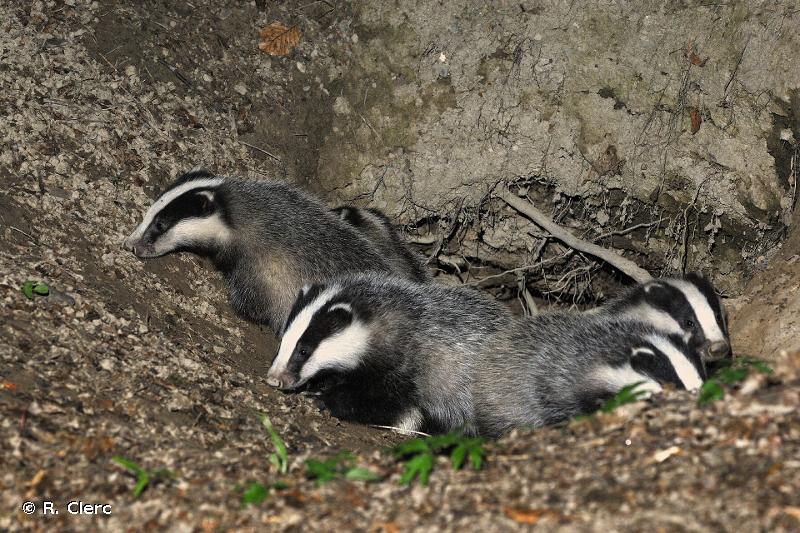
| Author : R. Clerc |
 |
To get the picture, please visit:
Roland Clerc
Photographe naturaliste
http://www.faune-valais.ch/index.php?page=accueil
email : inpn@mnhn.fr
Despite the Creative Commons license, please inform the author of the use which will be made of his photo
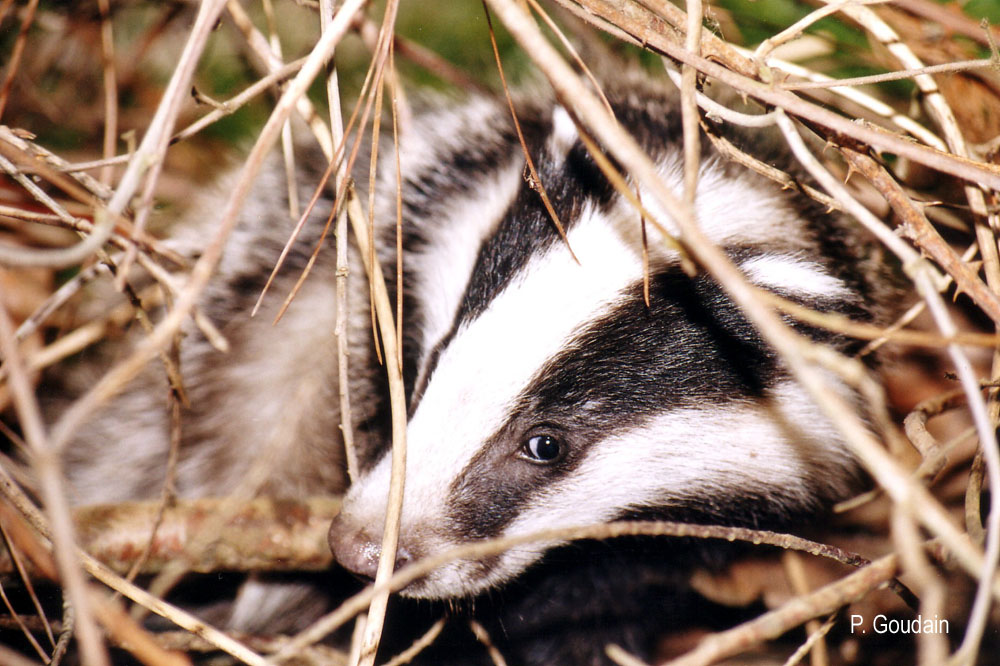
| Author : P. Gourdain |
 |
To get the picture, please visit:
Philippe GOURDAIN
Muséum national d'Histoire naturelle - Service du Patrimoine Naturel
36 rue Geoffroy Saint-Hilaire
CP 41
75 231 PARIS CEDEX 05
e-mail : inpn@mnhn.fr
Despite the Creative Commons license, please inform the author of the use which will be made of his photo
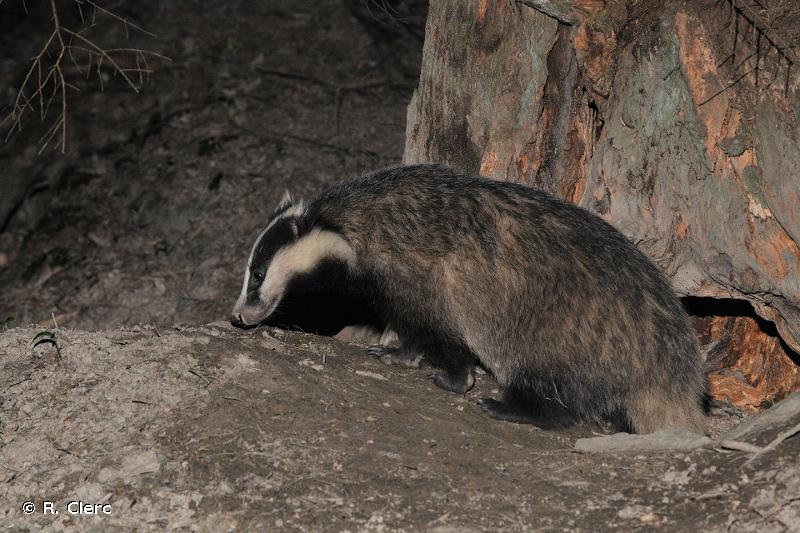
| Author : R. Clerc |
 |
To get the picture, please visit:
Roland Clerc
Photographe naturaliste
http://www.faune-valais.ch/index.php?page=accueil
email : inpn@mnhn.fr
Despite the Creative Commons license, please inform the author of the use which will be made of his photo
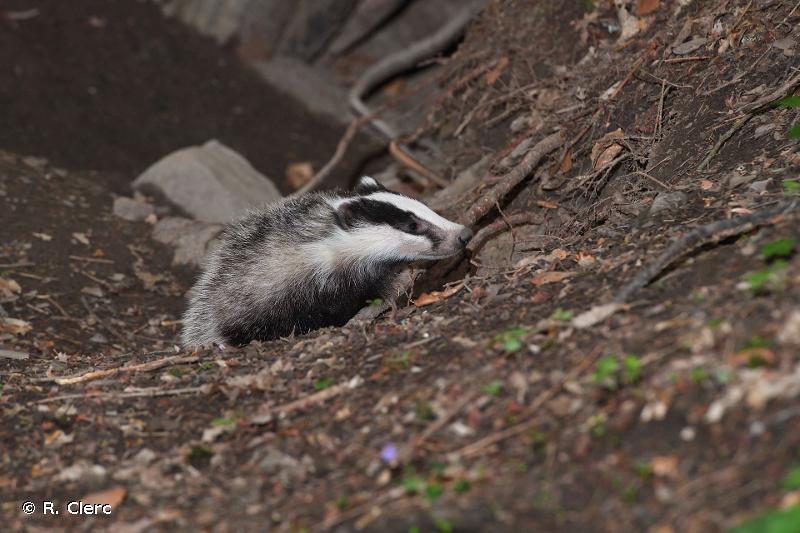
| Author : R. Clerc |
 |
To get the picture, please visit:
Roland Clerc
Photographe naturaliste
http://www.faune-valais.ch/index.php?page=accueil
email : inpn@mnhn.fr
Despite the Creative Commons license, please inform the author of the use which will be made of his photo
Longueur : 56-89 cm plus 11 à 20 cm de queue. Hauteur au garrot : 30 cm. Poids : 8-20 kg. Dents (38): I3/3, C1/1, P4/4, M1/2.Sa silhouette massive avec ces pattes robustes lui donne l'allure d'un petit ours. La tête est allongée, blanche avec une bande noir recouvrant les yeux allant du museau aux oreilles. Les oreilles ont un liseré blanc sur le contour et sont noires au milieu. Les pattes, semi-plantigrades, ont 5 doigts portant des griffes non rétractiles, très longues pour les pattes antérieurs. L'empreinte ressemble à celle d'un ourson. Le pelage dorsal est gris et les poils sont longs et raides. Le pelage du ventre et des pattes est noir. Le mâle est plus lourd que la femelle.
Il ne peut se confondre avec aucune autre espèce en France.Nocturne, il passe sa journée au terrier et attend le crépuscule pour s'activer. Il commence alors à se toiletter et à nettoyer son terrier avant de partir à la recherche de sa nourriture. Il n'hiberne pas mais diminue son rythme d'activé en hiver. La maturité sexuelle est atteinte à 2 ans. L'accouplement a lieu de janvier à mars. Le développement de l'embryon est interrompu pendant 10 mois et ne reprend qu'en novembre-janvier. La gestation dure alors 2 mois. La femelle met bas une fois par an de 2 à 7 jeunes en février-mars. Les blaireautins s'émancipent vers 4 mois mais restent dans leur clan. Ils peuvent vivre jusqu'à 15-20 ans.Omnivore, il se nourrit d'insectes, de petites mammifères, de batraciens, de charognes mais aussi de fruits, de céréales... Néanmoins, le ver de terre reste l'aliment qu'il consomme le plus.Bien qu'il habite des milieux très variés (bocages, landes ou prairies), les endroits boisées restent sa préférence. Il peut se retrouver jusqu'à 2000 m. d'altitude. Il gîte dans des terriers qu'il aménage lui-même. Ceux-ci sont composés de nombreuses chambres tapissées de végétaux et reliées entre elles par tout un réseau de galeries. Le terrier principal compte plusieurs entrées et est occupé par l'ensemble du clan. Le blaireau occupe aussi occasionnellement des terriers dit secondaires qui sont plus petits et ne compte qu'une ou deux gueules. Les blaireaux forment des clans territoriaux pouvant compter de 5 à 8 adultes plus les jeunes.Référence : HENRY C., LAFONTAINE L., MOUCHES A., 1988. Le Blaireau (Meles meles L., 1758). Société française d'Etude et de Protection des Mammifères (SFEPM). Encyclopédie des carnivores de France, n°7. 35p.
Audrey Savouré-Soubelet(UMS 2006 Patrimoine Naturel (AFB / CNRS / MNHN)),2014
Continental
Metropolitan France
Overseas
Marine
Metropolitan France
Overseas
The map presents a summary at the 10 x 10 km grid of the observation data for the species transmitted to the SINP. These data have been subjected to validation filters.
The map presents a reference distribution layer of the species at the scale of departments and marine sectors. The presence and absence data were established by expertise within a network of partners. This reference distribution is used in the validation process of the SINP data at the INPN level.
Corresponds to a report on the basis of at least one observation proved within a period of 10 years (20 years for little-known invertebrates) preceding the year and no presumption of extinction since obtaining the last data nor doubt on reproductive and implemented nature of this population. For migratory species, the presence indicated concerns areas of reproduction.
This status is based on one or more of the following criteria:
This point covers the absence, more difficult by nature to demonstrate than presence. This status is based on one or more of the following criteria:
This status must be assigned to a department in which the presence of the species is casual.
Particular case of absence due to a proven extinction less than a half century ago (older disappearances are treated as "no probable or definite").
In the state of knowledge, we can not comment on the presence or absence in the current department. This is the default status when not comprised in one of the previous categories or whenever there is doubt.
The map shows the global distribution of the species based on GBIF data (Global Biodiversity Information Facility).
